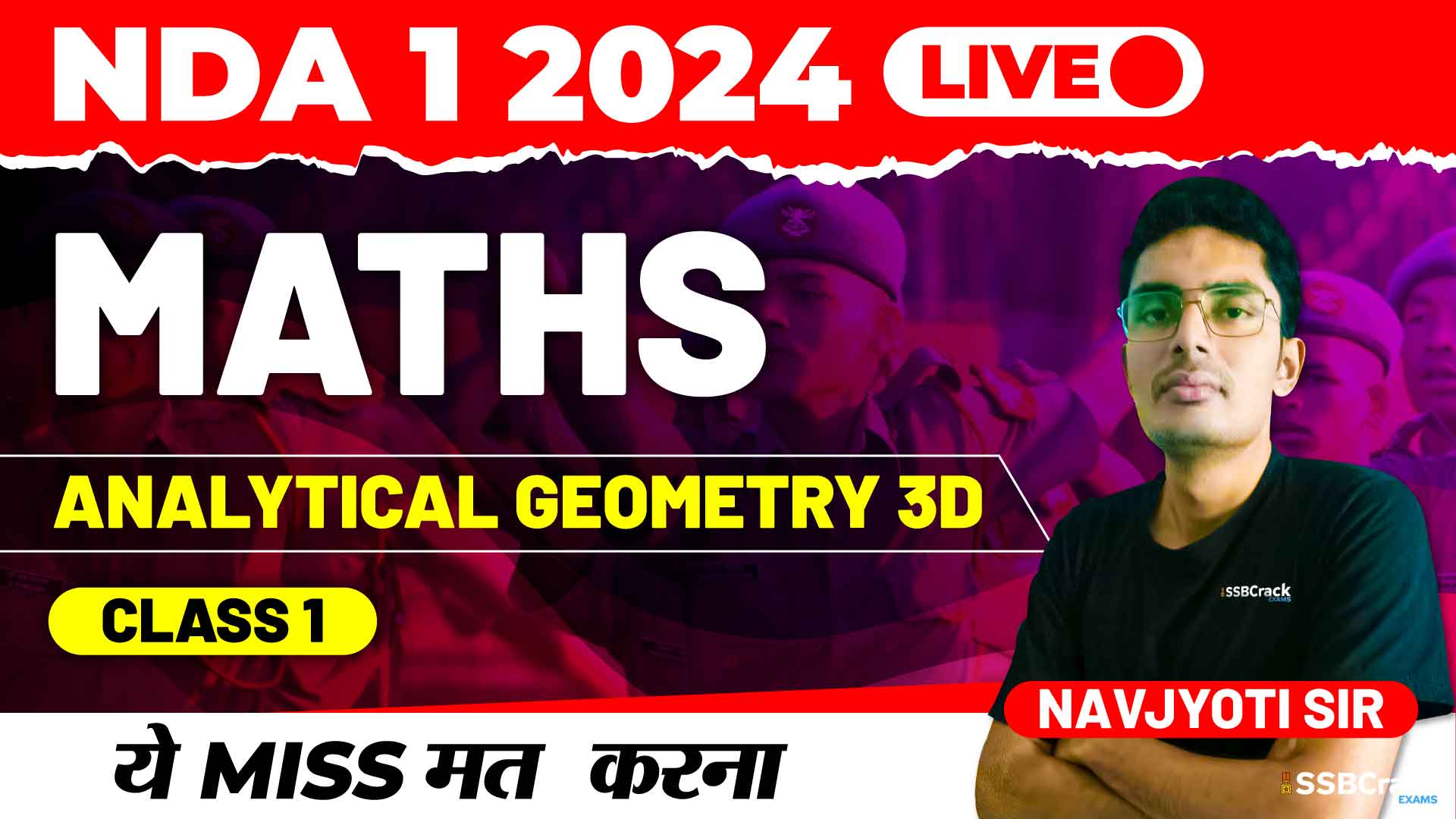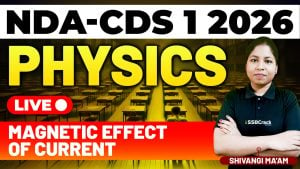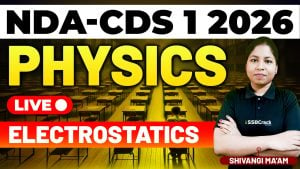Analytical Geometry in Three Dimensions (3D) forms a crucial part of the NDA 1 2024 Exam Mathematics syllabus. In Class 1 of Analytical Geometry 3D, students revisited fundamental concepts such as octants in space, distance formula, section formula, centroid coordinates, area of a triangle, equations of lines in 3D, and angle between two lines. The class also included multiple-choice questions (MCQs) to reinforce understanding and application of these concepts. Let’s delve into the key topics covered in this session.
Understanding Octants in Space
In three-dimensional space, the coordinate axes divide the space into eight regions called octants. Each octant is identified based on the signs of the coordinates (x, y, z). Understanding octants is essential for visualizing spatial relationships and identifying the position of points and objects in 3D space.
Exploring Distance Formula
The distance formula in 3D space is an extension of the Pythagorean theorem and calculates the distance between two points with coordinates (x1, y1, z1) and (x2, y2, z2). By revisiting the distance formula, students reinforced their ability to calculate distances in 3D space, facilitating the measurement of lengths, diagonals, and distances between objects.
Understanding Section Formula
The section formula, both for internal and external division, determines the coordinates of a point dividing a line segment in a given ratio. By revisiting the section formula, students enhanced their understanding of proportional division and its applications in geometry and physics.
Exploring Centroid Coordinates and Area of a Triangle
The centroid of a triangle is the point of concurrency of its medians, which divides each median into two segments in a 2:1 ratio. Students revisited the formula for calculating centroid coordinates and explored its significance in geometry. Additionally, the class covered the formula for calculating the area of a triangle using determinant methods or vector cross products.
Equations of Lines in 3D
Lines in 3D space can be defined using vector equations, parametric equations, or symmetric equations. By revisiting the equations of lines in 3D, students enhanced their ability to represent and analyze lines in space, facilitating the study of geometric figures and spatial relationships.
Understanding Angle Between Two Lines
The angle between two lines in 3D space is defined as the angle formed by their direction vectors. By revisiting the concept of the angle between two lines, students reinforced their ability to calculate angles and determine the relative orientation of lines in space.
MCQs for Concept Application
Multiple-choice questions (MCQs) were incorporated into the class to apply and reinforce the concepts discussed. These questions covered a wide range of topics, including octants, distance formulas, section formulas, centroid coordinates, equations of lines, and angles between lines. By solving MCQs, students honed their problem-solving skills and gained confidence in applying analytical geometry concepts.
Conclusion
In conclusion, Class 1 of Analytical Geometry 3D for the NDA 1 2024 Exam provided students with a comprehensive review of fundamental concepts in three-dimensional space. Through a combination of theoretical explanations and MCQs, students strengthened their understanding and problem-solving skills, preparing them effectively for the exam. With a solid grasp of analytical geometry principles in 3D space, students are well-equipped to tackle geometry-related questions in the upcoming exam.

















